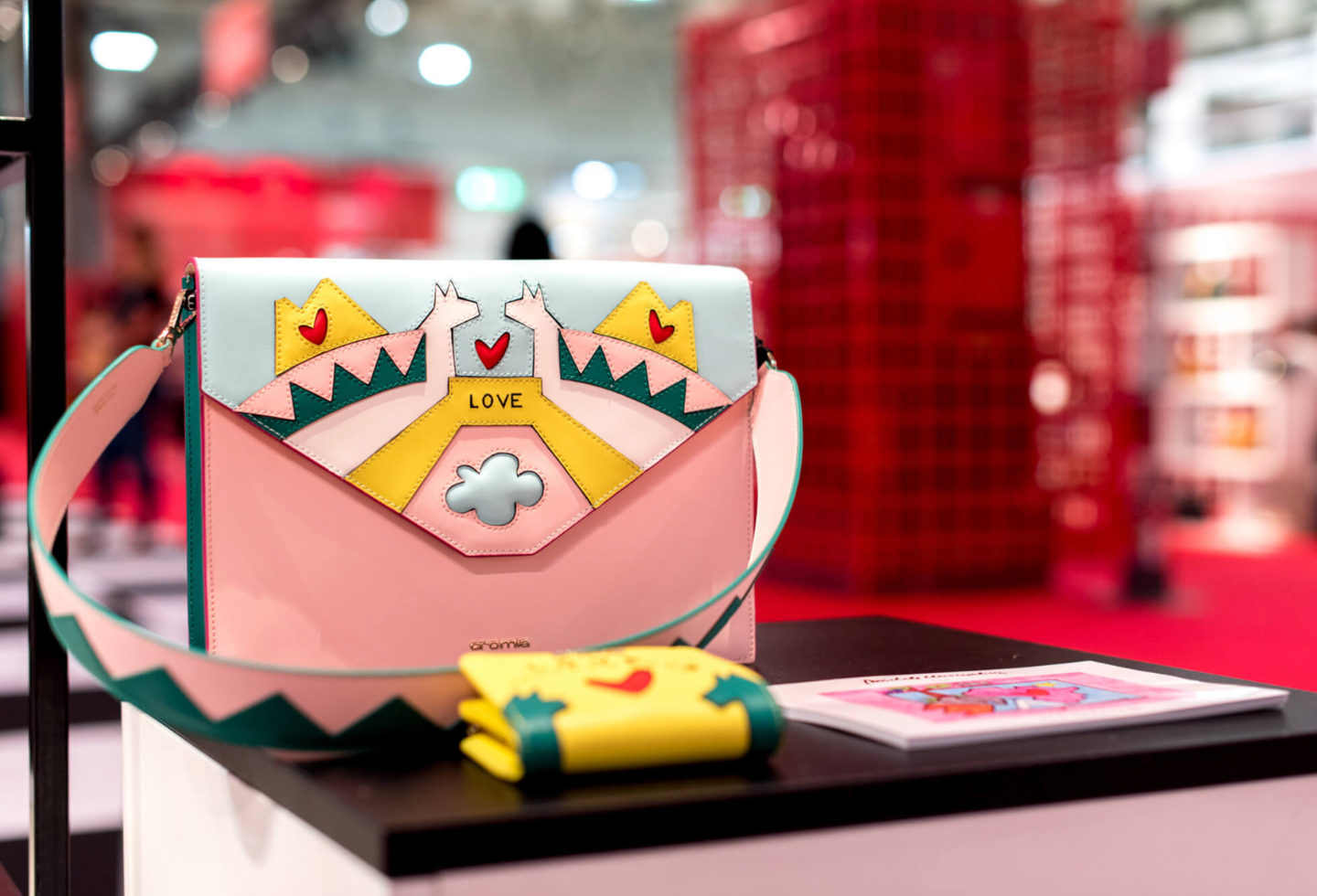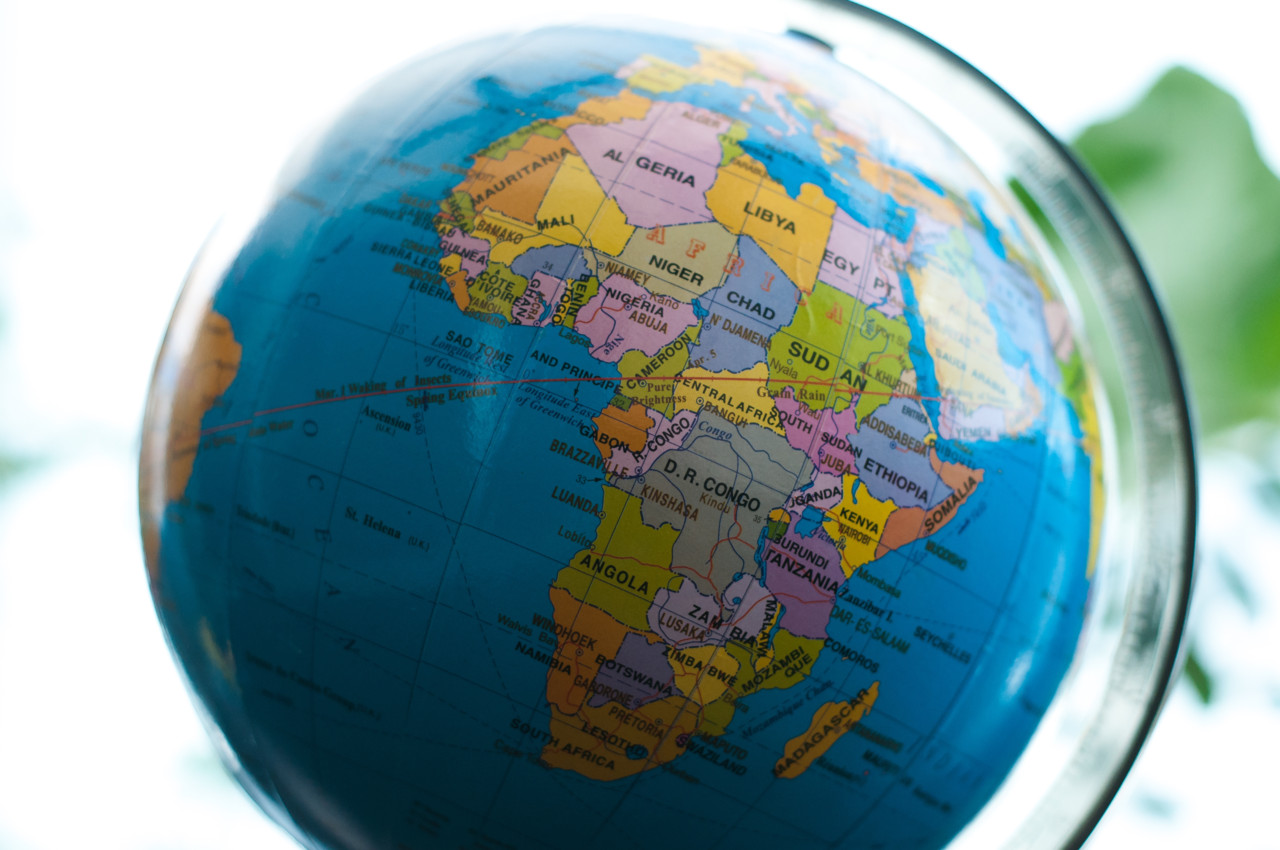
Geoff Holmes appointed new IULTCS President for 2026–2027
The Director of the New Zealand Leather and Shoe Research Association has been appointed to head the international association of leather chemists (LASRA)
Keep reading...
July 2025

Il primo trimestre 2025 si apre in salita per la pelletteria italiana: export giù dell’8,5%, produzione in calo a doppia cifra e domanda interna ancora stagnante. Il comparto, nonostante un saldo commerciale positivo, fatica a ritrovare lo slancio. A pesare sono i conflitti internazionali, l’incertezza economica e i dazi USA.
The leather sector is running on a stationary treadmill: it is moving, but not advancing.
The start of 2025 confirmed what was feared: Italian leather goods are struggling to recover. The figures speak for themselves. In the first three months of the year, exports fell by 8.5% compared to the same period in 2024, with a sharp drop of 17.5% to Far East markets. Domestic demand? Down 4.4%. Turnover? Down 7.7%. And industrial production? Down as much as 16.4%.
In other words, the sector is not at a standstill, but is wearing itself out by keeping moving without making any progress.
This is what emerges from the economic report prepared by the Confindustria Accessori Moda Research Centre, which takes into account the performance of the Italian leather goods industry in the first quarter of 2025.
DOWNLOAD THE FULL REPORT BY CLICKING HERE
EXPORTS LOSING MOMENTUM
Always the driving force behind the entire supply chain, Italian leather goods exports sold €2.44 billion worth of goods abroad in the first quarter, down €228 million on the previous year. The average price fell by 5.3% to €145.58/kg, continuing a deflationary trend that began in 2023 after the peaks of 2021-22.
The decline mainly affected non-EU markets (-12.4% in value), which account for 64.3% of total exports in value, while the EU held steady (-0.6%). Among the non-European markets in greatest difficulty are China (-31.5%), South Korea (-12.8%), Hong Kong (-15.4%) and Canada (-12.4%).
Switzerland, formerly a hub for luxury brands, saw a 47.7% collapse and slipped to 11th place among destination markets.
In contrast, the United Arab Emirates (+19.5%), Turkey (+27.6%) and Qatar (+18.8%) bucked the trend, confirming steady growth over the last five years.
THE US NODE: WHERE IS THE HISTORIC MARKET HEADING?
The United States, which in 2024 absorbed Italian leather goods worth over €1.2 billion, seems to be holding up: +0.7% in value in the first quarter. But the shadows are lengthening. The new tariffs imposed by the Trump presidency are fuelling uncertainty. 69% of Italian exporters expect significant impacts, and 47% are already exploring alternative markets.
Europe, Asia and the Middle East are the most popular destinations, while Mercosur remains – at least for now – off the radar.
DOMESTIC DEMAND: WEAK AND UNCERTAIN
The Italian market offers little consolation. Retail sales of leather goods and footwear fell by 4.4% in the first quarter compared to 2024, and remain 5.8% below pre-Covid levels in 2019.
The only positive note comes from tourism: foreign visitors spent 6.4% more, according to the Bank of Italy. But this is not enough to offset stagnant domestic demand.
PRODUCTION AND EMPLOYMENT IN DIFFICULTY
The ISTAT index of industrial production for the leather supply chain recorded a -16.4% decline in the first four months of the year. This is an alarming figure, only partially mitigated by a slowdown in the decline in April (-4.6%).
Layoffs are also back in the spotlight: +66.1% compared to the first quarter of 2024, with almost 13 million hours authorised. Tuscany leads the ranking, with over 5 million hours (+200%), followed by Campania and Marche.
The number of active companies fell by 1% (-46 units), while the number of employees fell to 48,184 (-530 compared to December). Fifty-two per cent of companies saw their turnover decline, and only 7% recorded increases of more than 10%. The outlook for the second quarter? Still negative: a further 6% drop in turnover is expected.
HANDBAGS REMAIN QUEEN, BUT…
Handbags remain the best-selling product (€1.68 billion, equal to 69.1% of exports), but are losing ground (-10.6%).
Suitcases (-12.8%) and small leather goods (-4.5%) are also down. Belts are bucking the trend: +5.9% in value and +25.3% in volume, although still far from pre-2019 levels.
In terms of materials, leather products are holding up better (-4.6%) than substitutes (-16.8%), but the decline is widespread.
THREATS PERCEIVED BY THE SECTOR
A survey of Assopellettieri members confirms widespread concerns. The main threats identified are:
· weak demand (77%);
· the Russia-Ukraine conflict (62%);
· new US tariffs (42%);
· tensions in the Middle East (27%);
· the slowdown in international luxury brands (25%).
Added to this are rising raw material costs (23%), the German recession (23%) and the shortage of skilled labour (20%).
CONCLUSIONS: THE SECTOR IS IN THE TRENCHES
The Italian leather goods industry is going through a period of resistance rather than recovery. The fundamentals remain solid – product quality, international reputation, ability to defend markets – but the context is among the most difficult of the last ten years.
As the report notes, the trade balance remains positive (+1.52 billion euros in the quarter), but down 15%. This is an important sign, but it is not enough.
Vision is needed. Strategy is needed. Above all, demand needs to start breathing again.

The Director of the New Zealand Leather and Shoe Research Association has been appointed to head the international association of leather chemists (LASRA)
Keep reading...
At the 22nd UITIC (International Union of Shoe Industry Technicians) Congress in Shanghai, Assomac presented its new modular and interoperable digital ecosystem.
Keep reading...
With €46 million in imports and an Italian share of over 42%, the African market for leather and footwear technology continues to be a strategic growth area. To further strengthen it, Assomac and Simac Tanning Tech are building commercial and industrial bridges from Senegal to Ethiopia.
Keep reading...You must login to read this free content
This content requires a subscription to view. Are you already a subscriber? Sign in